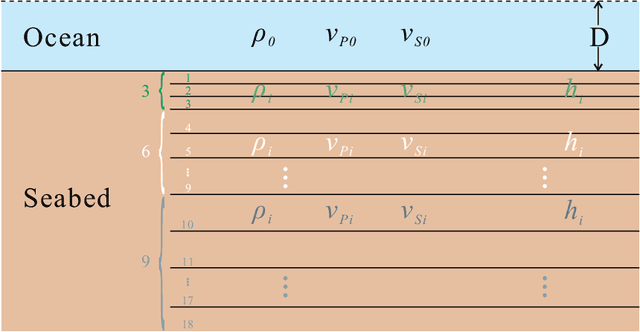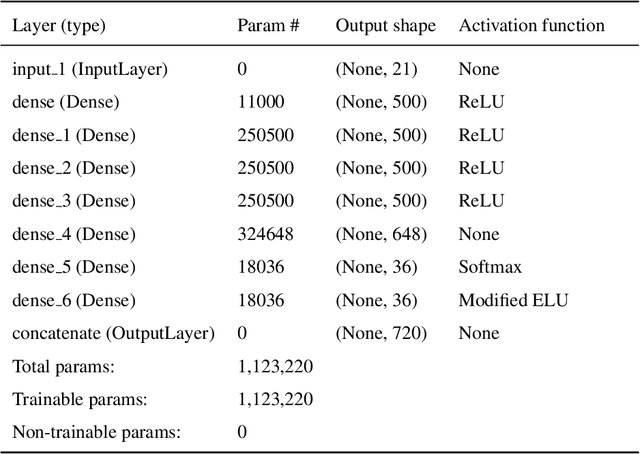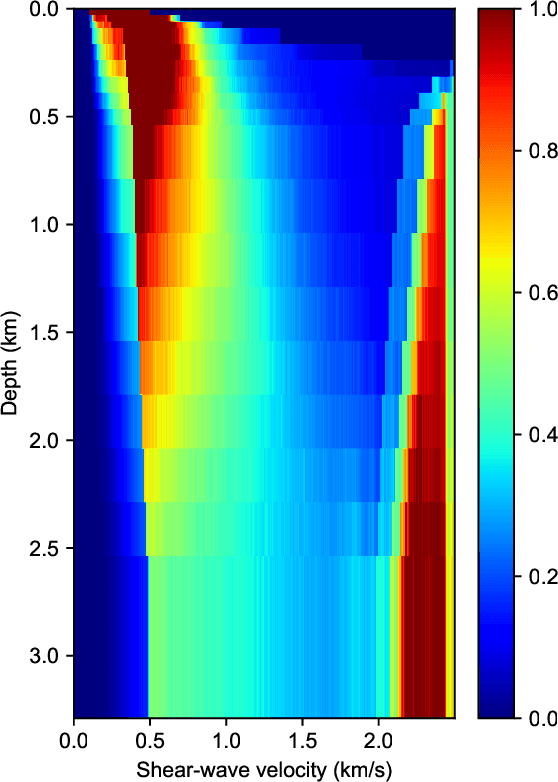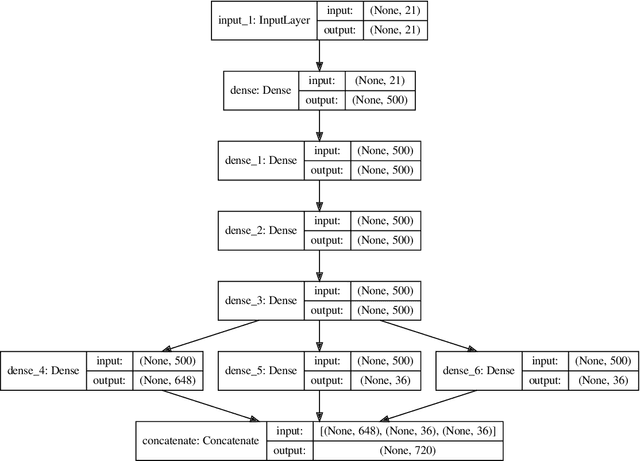Hefeng Dong
Federated Meta Learning Enhanced Acoustic Radio Cooperative Framework for Ocean of Things Underwater Acoustic Communications
May 24, 2021



Abstract:Sixth-generation wireless communication (6G) will be an integrated architecture of "space, air, ground and sea". One of the most difficult part of this architecture is the underwater information acquisition which need to transmitt information cross the interface between water and air.In this senario, ocean of things (OoT) will play an important role, because it can serve as a hub connecting Internet of things (IoT) and Internet of underwater things (IoUT). OoT device not only can collect data through underwater methods, but also can utilize radio frequence over the air. For underwater communications, underwater acoustic communications (UWA COMMs) is the most effective way for OoT devices to exchange information, but it is always tormented by doppler shift and synchronization errors. In this paper, in order to overcome UWA tough conditions, a deep neural networks based receiver for underwater acoustic chirp communication, called C-DNN, is proposed. Moreover, to improve the performance of DL-model and solve the problem of model generalization, we also proposed a novel federated meta learning (FML) enhanced acoustic radio cooperative (ARC) framework, dubbed ARC/FML, to do transfer. Particularly, tractable expressions are derived for the convergence rate of FML in a wireless setting, accounting for effects from both scheduling ratio, local epoch and the data amount on a single node.From our analysis and simulation results, it is shown that, the proposed C-DNN can provide a better BER performance and lower complexity than classical matched filter (MF) in underwater acoustic communications scenario. The ARC/FML framework has good convergence under a variety of channels than federated learning (FL). In summary, the proposed ARC/FML for OoT is a promising scheme for information exchange across water and air.
Bayesian geoacoustic inversion using mixture density network
Aug 19, 2020



Abstract:Bayesian geoacoustic inversion problems are conventionally solved by Markov chain Monte Carlo methods or its variants, which are computationally expensive. This paper extends the classic Bayesian geoacoustic inversion framework using the mixture density network (MDN), which provides a much more efficient way to solve geoacoustic inversion problems in Bayesian inference framework. Some important geoacoustic statistics of Bayesian geoacoustic inversion are derived from the multidimensional posterior probability density (PPD) using the MDN theory. These statistics make it convenient to train the network directly on the whole parameter space and get the multidimensional PPD of model parameters. The network is trained on a simulated dataset of surface-wave dispersion curves with shear-wave velocities as labels. The results show that the network gives reliable predictions and has good generalization performance on unseen data. Once trained, the network can rapidly (within seconds) give a fully probabilistic solution which is comparable to Monte Carlo methods. It provides an promissing approach for real-time inversion.
 Add to Chrome
Add to Chrome Add to Firefox
Add to Firefox Add to Edge
Add to Edge